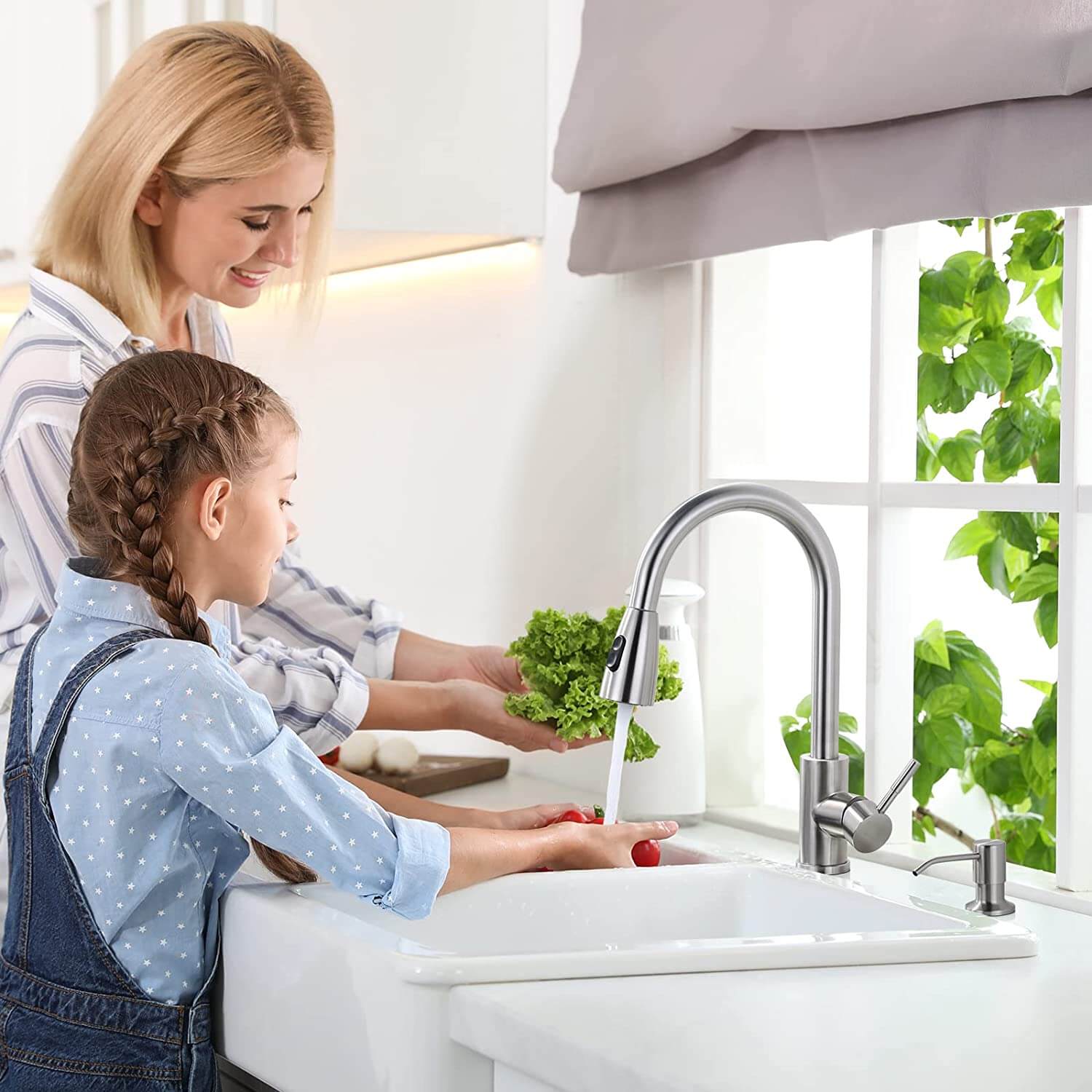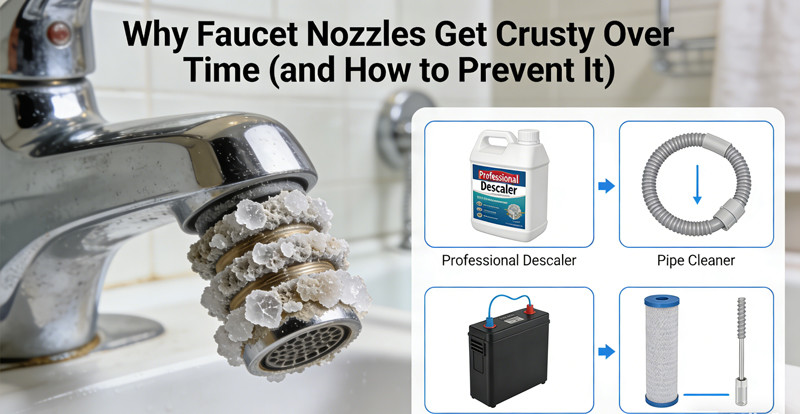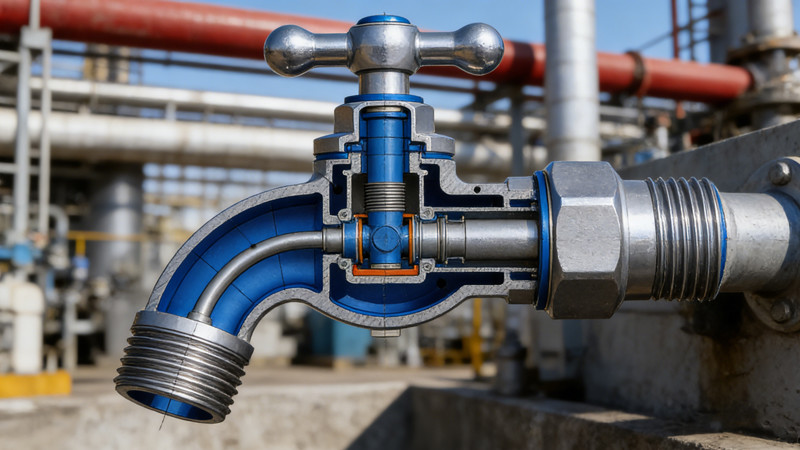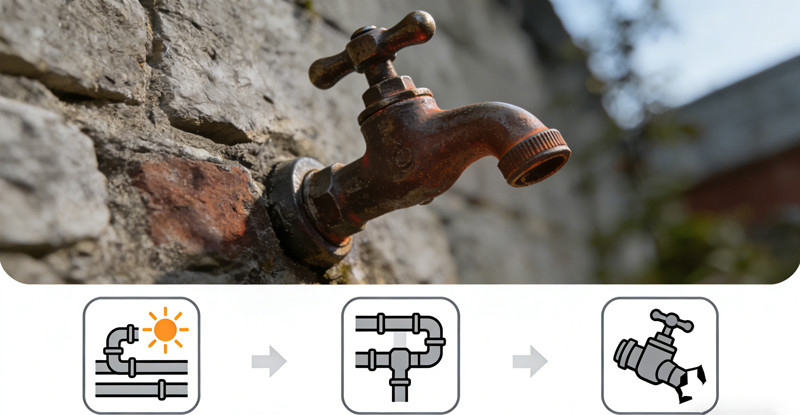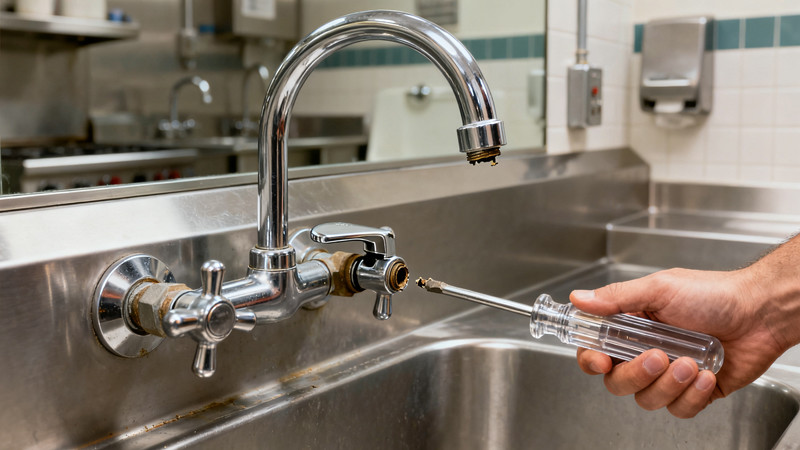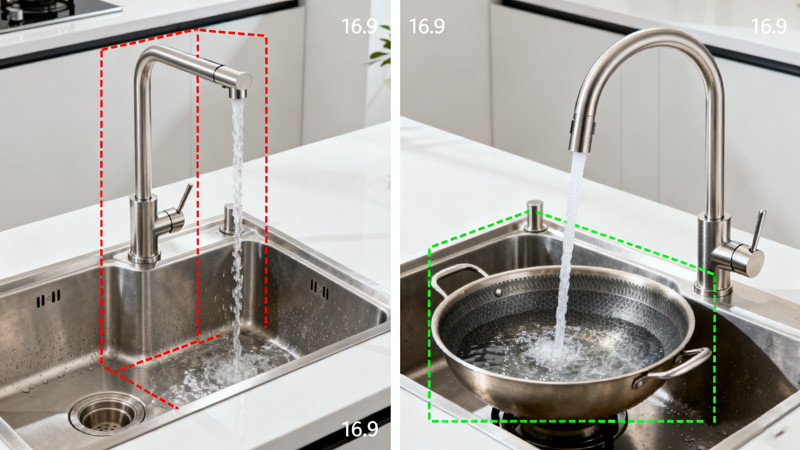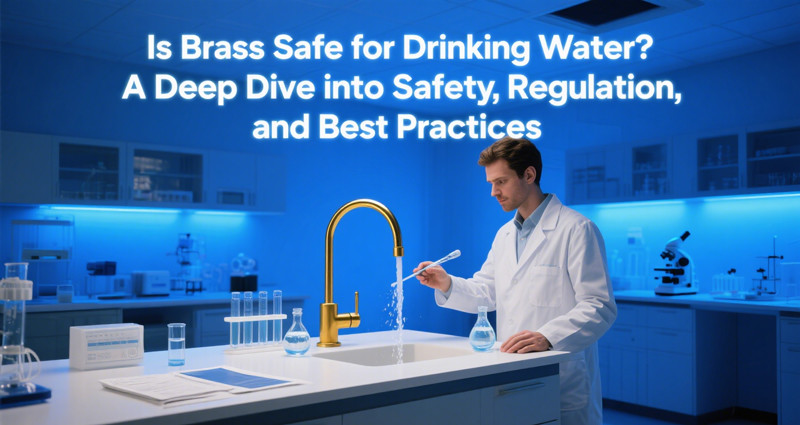
Brass is one of the most commonly used metals in plumbing fixtures, particularly in faucets, valves, and fittings. But with increasing awareness about water quality and potential contaminants, many homeowners ask a very important question: Is brass safe for drinking water?
The short answer is: It depends on the composition of the brass and whether it complies with current safety regulations. Let’s break this down and look at what makes brass potentially risky, how it can be made safe, and what to consider when choosing plumbing fixtures for your drinking water system.
What Is Brass?
Brass is an alloy made primarily of copper and zinc. The exact ratio can vary, but typically brass contains about 60–70% copper and 30–40% zinc. In the past, lead was also added to brass to make it easier to machine. This type of brass, known as leaded brass, was widely used in plumbing fixtures because of its durability and machinability.
However, lead is a toxic metal that can leach into drinking water, especially when water sits stagnant in pipes or fixtures for extended periods. Even low levels of lead exposure have been linked to health issues, particularly in children, including developmental delays and neurological damage.
The Lead Problem in Brass Plumbing
The primary concern with brass in drinking water systems is the potential for lead contamination. Older brass fixtures and fittings may contain up to 8% lead by weight, which significantly exceeds modern safety standards.
The risk increases under the following conditions:
- Water has a high acidity or low mineral content.
- Water sits in contact with brass components for long periods.
- Fixtures are not flushed regularly.
- The brass is worn or corroded.
In 2014, the Flint, Michigan water crisis highlighted just how dangerous lead leaching from plumbing systems could be, pushing the issue into national headlines and driving changes in regulation.
Modern Regulations: Is Brass Still a Concern?
In response to public health concerns, stricter regulations have been enacted to limit the amount of lead allowed in plumbing components:
- In the United States, the Reduction of Lead in Drinking Water Act (2011, effective 2014) limits the lead content in any component that comes into contact with drinking water to 0.25% or less (weighted average).
- Products that meet this standard are often labeled as “lead-free” brass, though this does not mean they contain zero lead—just that the lead content is within safe limits.
- In Canada and the EU, similar restrictions are in place to ensure drinking water systems are lead-safe.
To be legally sold for potable water use in the U.S., faucets and plumbing fittings must comply with NSF/ANSI Standard 61 and NSF/ANSI 372, which address the lead content and leaching potential of plumbing products.
So, if you’re using modern, certified brass fixtures, they are generally considered safe for drinking water.
Types of Brass Used Today
There are several types of brass used in plumbing. Here are the most common:
1. Leaded Brass (Legacy Use)
- Contains up to 8% lead.
- Common in fixtures manufactured before 2014.
- Not compliant with current drinking water safety standards.
2. Low-Lead Brass
- Contains less than 0.25% lead.
- Meets current U.S. federal requirements.
- Often marked “lead-free” but still contains trace amounts.
3. No-Lead Brass or Lead-Free Brass
- Made with alternative elements like bismuth or silicon to replace lead.
- Designed to comply with strict standards like NSF 61-G.
- Safe and widely used in modern plumbing.
How to Tell If Brass Is Safe
When assessing the safety of brass fixtures in your home or workplace, consider the following tips:
- Check for Certification: Look for NSF/ANSI 61 or 372 marks, or labels such as “Lead-Free” or “LF.”
- Know the Date of Installation: Fixtures installed before 2014 may not comply with current regulations.
- Manufacturer Information: Reputable brands often provide documentation about compliance.
- Consider Water Testing: If you’re unsure about your plumbing, have your water tested for lead, especially if you have children or pregnant family members.
How to Minimize Exposure to Lead (If Brass Fixtures Are Present)
Even if your brass fixtures are compliant, it’s smart to follow these best practices to reduce the chance of any contaminants reaching your drinking water:
- Flush Your Taps: Run water for 30–60 seconds before using it for drinking or cooking, especially if the tap hasn’t been used in several hours.
- Use Cold Water for Cooking and Drinking: Hot water is more likely to leach metals from pipes and fixtures.
- Replace Old Fixtures: If your faucets or valves are more than 10 years old and not certified, consider upgrading.
- Install a Certified Filter: Look for filters certified to remove lead, such as those rated under NSF/ANSI Standard 53.
Conclusion: Is Brass Safe for Drinking Water?
Yes, modern brass fixtures that meet current regulatory standards are safe for drinking water. However, older brass plumbing components—particularly those installed before 2014—may pose a risk due to high lead content.
To ensure your water is safe:
- Stick with certified “lead-free” products.
- Replace outdated plumbing components.
- Flush your taps before use.
- Consider regular water testing if you have concerns.
When in doubt, consult a licensed plumber or your local water utility. With the right precautions, brass can be a durable, reliable, and safe material in your home’s plumbing system.
 WOWOW Faucets
WOWOW Faucets